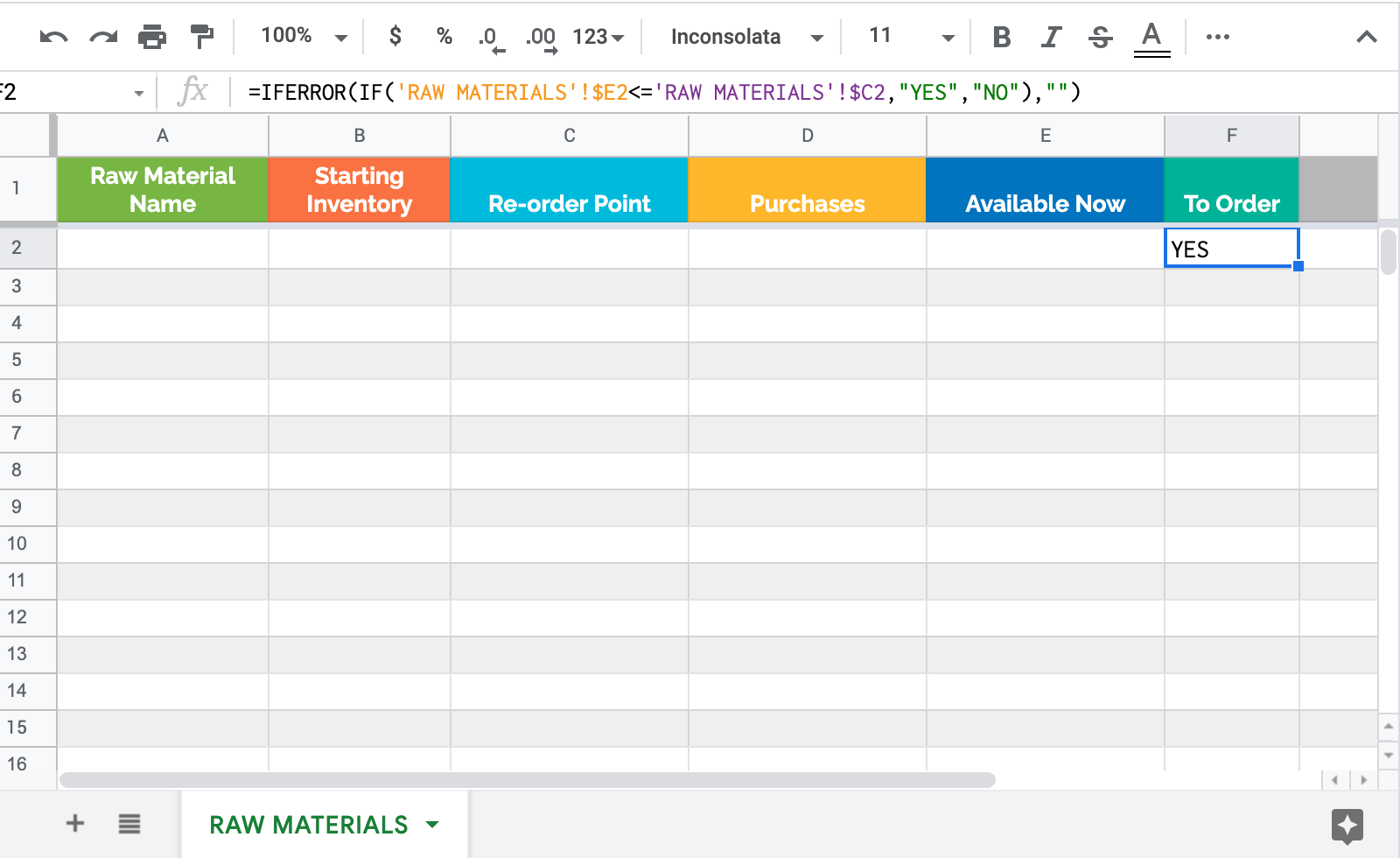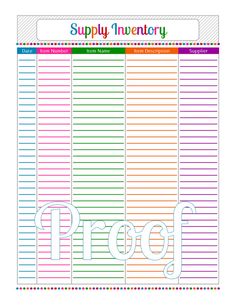

The value for the variable is the value in the corresponding column in the first row of the current section of the report. Select an item from this list to insert the correct template directive into the template content for that variable.īoth primary columns and calculated columns in the report create variables for the page template. The selector lists all available variables on the current report. The easiest way to add variables to the template content for a page template is to use the Insert variable into template contentselector at the bottom of the page.

Variables in page templates contain data from the report, report arguments supplied by the user, and information from the formatting engine. Since each quote is in its own section, the page template can include basic information about the quote (for example the customer name) on all pages of the quote. If there are too many lines in the quote to fit on a single page, the additional lines will flow onto continuation pages. With these selections, each quote will start a new section. On the report, select the Quotes with item detail data set, select the primary column Quote: Quote ID, set the grouping option to Page break before, and add additional columns for any data to be included in the document. When the rows in the report do not fit the current page, the following pages are considered continuation pages of the current section and do not start a new section of the report.įor example, consider a report and page template designed to print quote documents. Sections control how values in the report bind to variables in the page template. When a forced page break is triggered, then the new page is considered the first page of a new section.

The formatting engine starts a new page when the rows in the report do not fit the available space on the current page or when a forced page break has been selected for a primary column on the report. Avery 5126 Letter size 8 1/2" x 5 1/2" (portrait or landscape)įor example, selecting Avery 5163 Letter size 2" x 4" will print 10 report pages per sheet of paper in such a way that they line up with boundaries of the Avery 5163 label paper product.Avery 5168 Letter size 3 1/2" x 5" (portrait or landscape).This is specified by the compatible label paper product: This can be used for printing on large paper (such as US legal or A3), or with a label printer on individual labels.Īlternatively the page template can specify that multiple report pages should be printed with several pages on each sheet. The width and height of a custom page size may be specified as a CSS distance or a decimal number that will be interpreted as inches. The page template also selects whether the paper is oriented vertically (portrait) or horizontally (landscape). In this case, the page template selects the choices of 8.5" by 11" (US letter) paper, A4 paper, or a custom user specified paper size. The simplest case is that each page of the report is on its own sheet. Page templates do not affect how a report gets exported to Excel.Įach sheet of paper in the printed document may contain one or more pages from the report. If the page template is not specified, the report use the default formatting. printing the lines of the invoice across multiple page)Ī page template may be specified for any report. placing billing and shipping address at the top of an invoice) Merging data onto fixed parts of the page (e.g.the name of the report or legally required text) Standard content included on each page (e.g.Printing multiple report pages on a single sheet for labels.Page templates control the formatting of data in a report onto a printed page as a PDF.


 0 kommentar(er)
0 kommentar(er)
